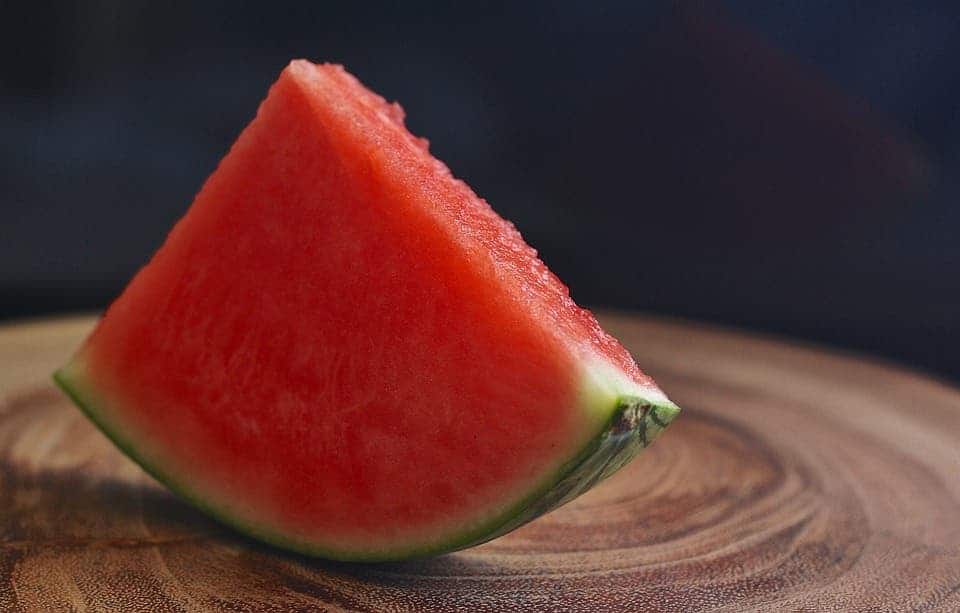If you like watermelons, this team has big news for you.

A new research effort aims to pave the way towards new and improved watermelons. The study took a comprehensive look at the genomes of all seven watermelon species to create a database that plant breeders can use to produce tastier, plumper, and more resistant watermelons.
The Better Melon
“As humans domesticated watermelon over the past 4,000 years, they selected fruit that were red, sweet and less bitter,” said Zhangjun Fei, a faculty member at Boyce Thompson Institute and co-leader of the international effort.
“Unfortunately, as people made watermelons sweeter and redder, the fruit lost some abilities to resist diseases and other types of stresses.”
Back in 2013, Fei co-led the creation of the first watermelon reference genome. This database was built from an East Asian cultivated variety ‘97103’. That variety, and likely the watermelon you’re imagining right now belongs to the Citrullus lanatus species, i.e. the sweet fruit with a juicy red interior.
However, Fei explains that there are six other wild species of watermelon that have pale, hard, bitter fruits, but possess other desirable qualities — such as a higher resilience against man-made climate change. Introducing the genes that generate such qualities into cultivated watermelon varieties can help make the fruits tastier, better able to grow in diverse climates, as well as more resistant to pests, diseases, and other factors. But, in order for us to get there, we first need to know which genes these are.
In order to find out, the team started with the reference genome Fei worked on in 2013, and created an improved version. The previous work relied on short-read sequencing technologies, Fei explains, while the newer one uses long-read sequencing technologies, allowing for “a much higher quality genome that will be a much better reference for the watermelon community.”
Next, the group sequenced the genomes of 414 watermelons across all seven species. By comparing these genomes both to the new reference genome and to each other, they were able to determine the evolutionary relationship of the different watermelon species.
“One major discovery from our analysis is that one wild species that is widely used in current breeding programs, C. amarus, is a sister species and not an ancestor as was widely believed,” Fei said.
Modern watermelon cultivars were domesticated by breeding out the fruits’ bitterness while increasing their sweetness, size, and reddening their flesh. Over the past few hundred years, the fruits kept becoming sweeter, but also improved in regards to flavor and crispiness of texture. The team identified several regions of the watermelon genome that could be leveraged to continue improving these qualities in cultivars.
“The sweet watermelon has a very narrow genetic base,” says Amnon Levi, a research geneticist and watermelon breeder at that U.S. Department of Agriculture, one of the study’s co-authors. “But there is wide genetic diversity among the wild species, which gives them great potential to contain genes that provide them tolerance to pests and environmental stresses.”
The team also published an accompanying paper analyzing 1,175 melons, including cantaloupe and honeydew varieties. The researchers found 208 genomic regions that were associated with fruit mass, quality, and morphological characteristics, which could be useful for melon breeding.
The paper “Resequencing of 414 cultivated and wild watermelon accessions identifies selection for fruit quality traits” has been published in the journal Nature Genetics.









